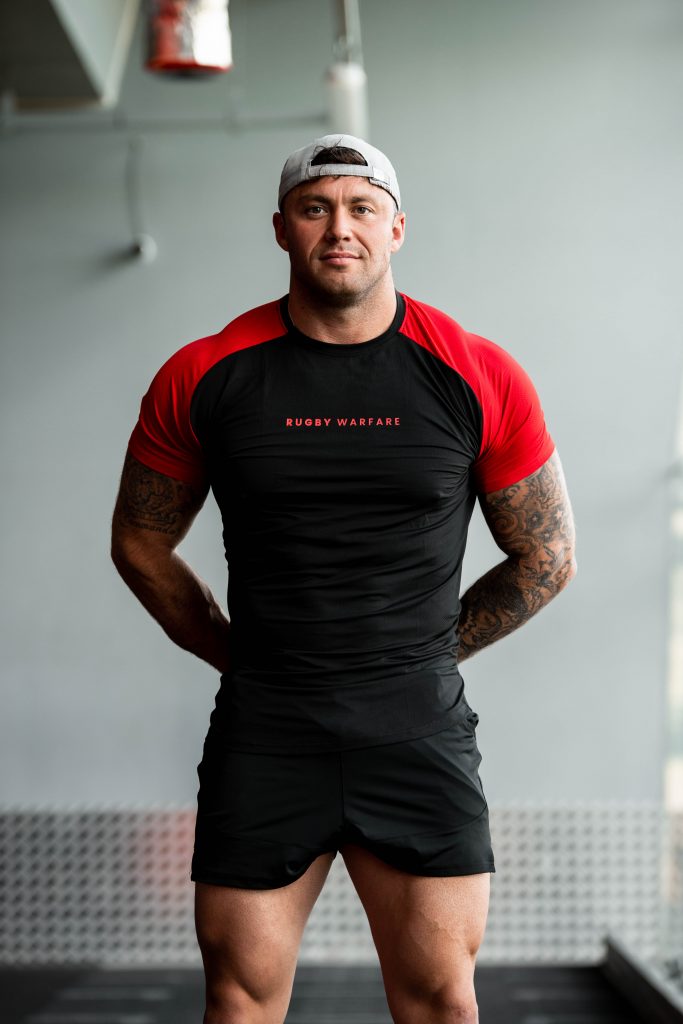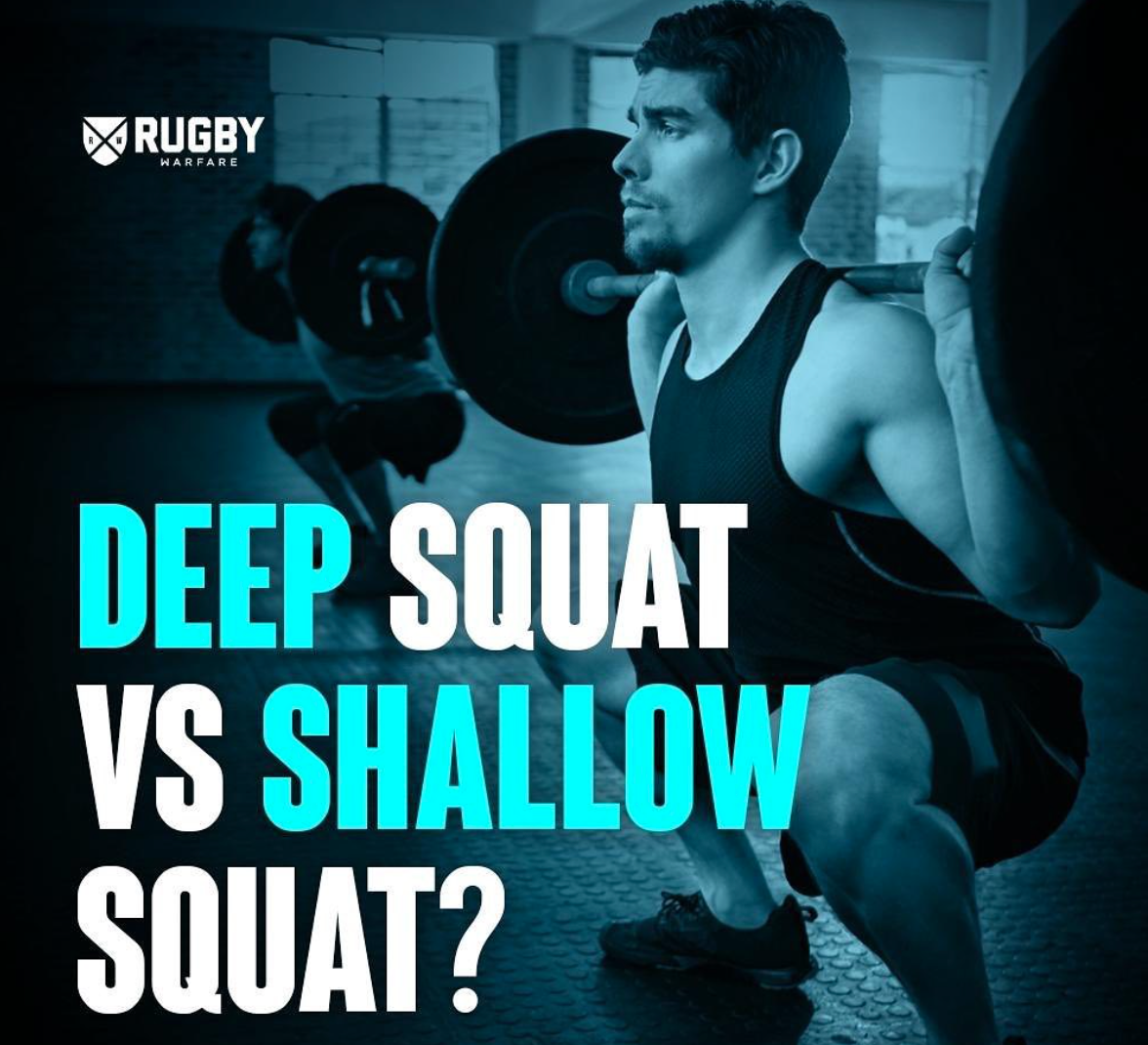A 2013 study published in the European Journal of Applied Physiology aims to compare the effects of squat training with a short range of motion versus a long range of motion on strength adaptations.
PMID: 23604798
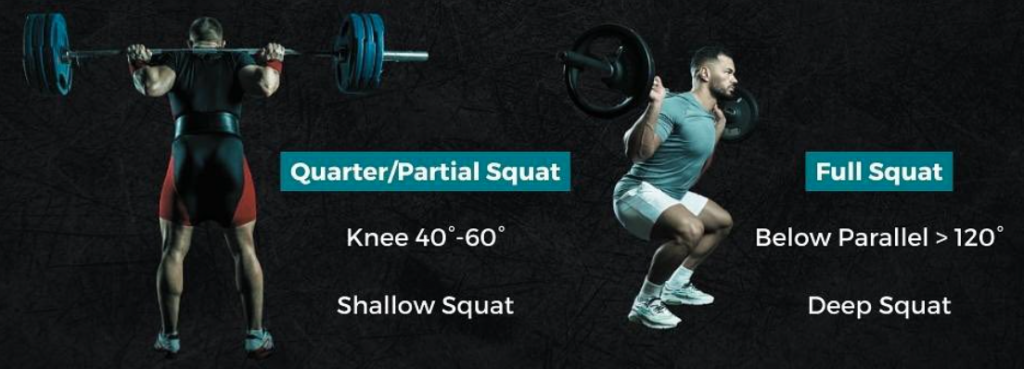
Specifically, the study investigated the impact of heavy shallow squats (0-60 degrees knee flexion) & lighter deep squats (0-120 degrees knee flexion) on muscle growth.
17 Male students were randomly assigned to 12 weeks of progressive squat training (repetition matched, repetition maximum sets). The subjects were sport science students with little or no resistance training experience.
Muscle growth was measured at several positions on the front thigh (quadriceps, adductors, sartorius) and the back thigh (hamstrings) with MRI.
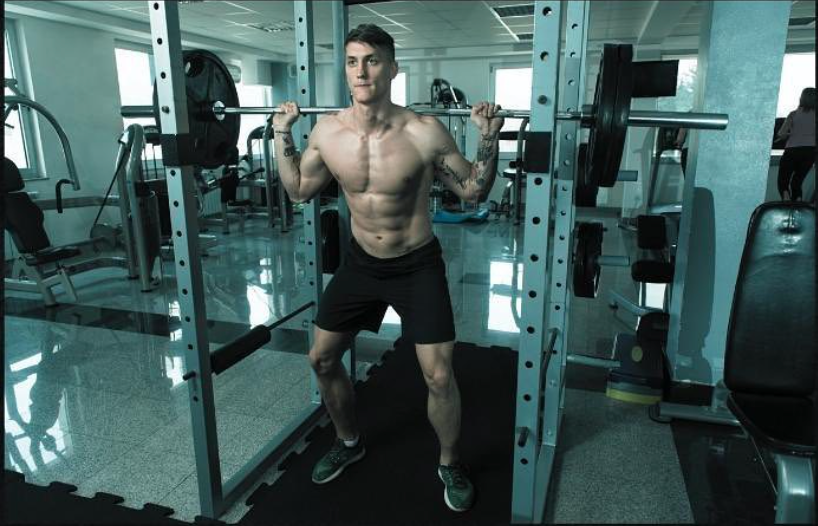
RESULTS
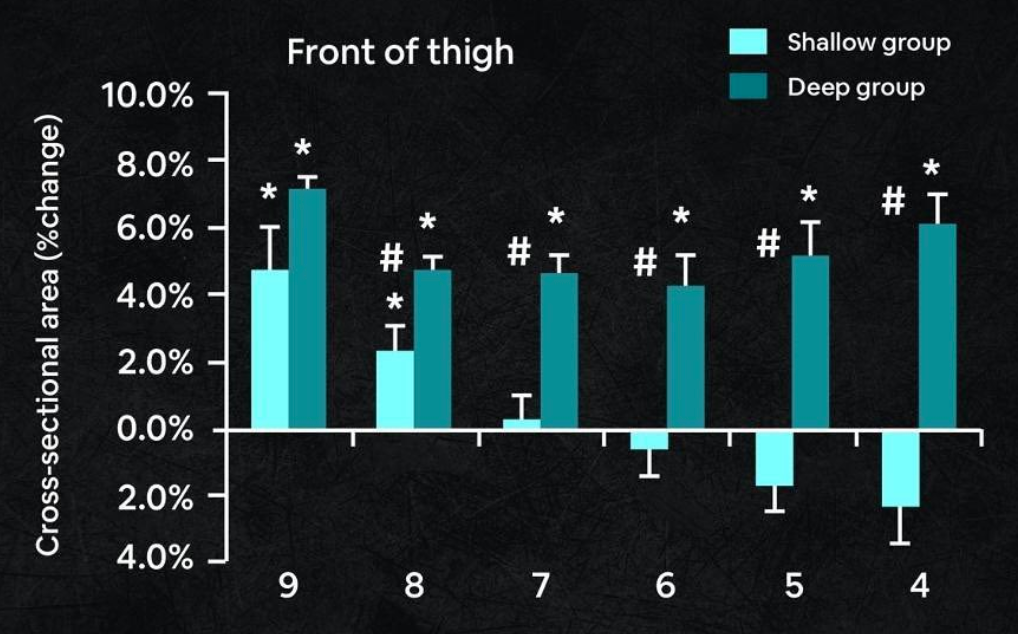
- The deep squat training resulted in a superior increase in front thigh muscle CSA (4-7 %) vs shallow squat training.
- There were no clear changes in the back thigh muscles
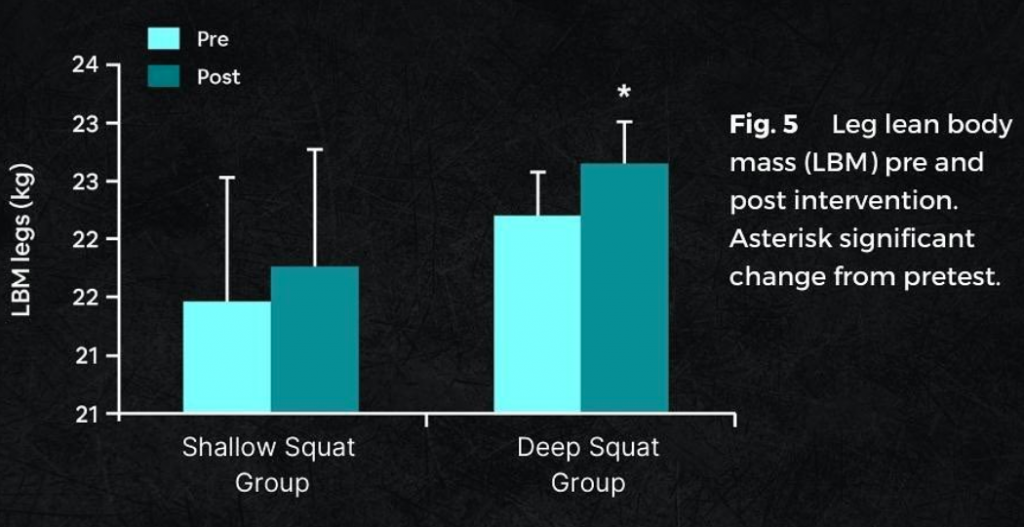
- LBM of the legs increased by 2% in the deep squat group, while no increase was observed in the shallow squat group (1.5% – not significant)
- The deep squat group achieved an increased body mass of +1.7kg (+2.2%) and a total LBM of 1.2 kg (+1.8%).
- No changes in body mass were detected in the SS group & no differences between training groups in body composition, and no changes in fat percent for either group.
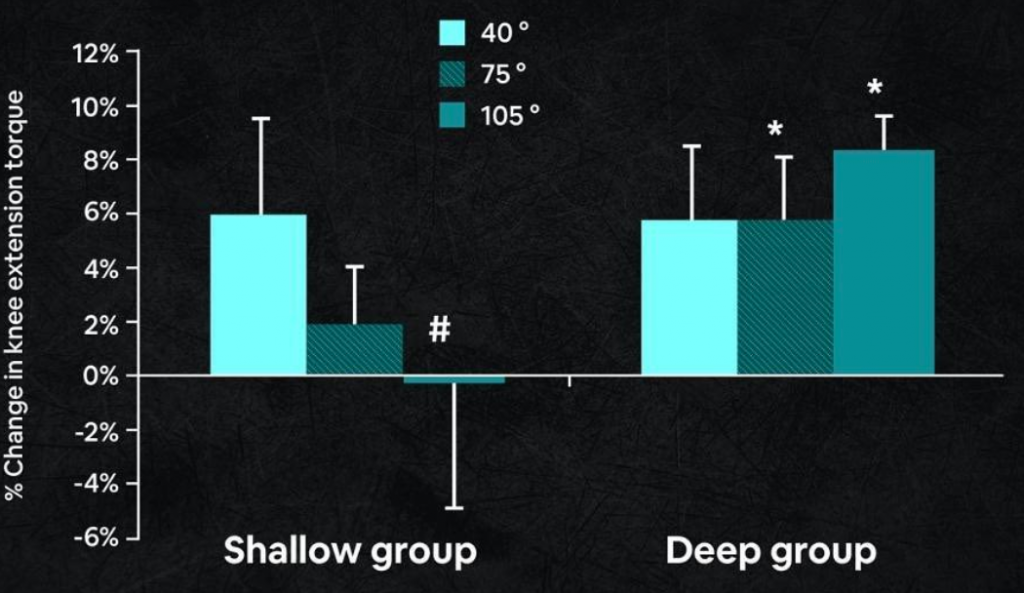
Deep squat training also showed a superior increase in isometric knee extension strength at 75° (6 %) and 105° (8 %) knee flexion.
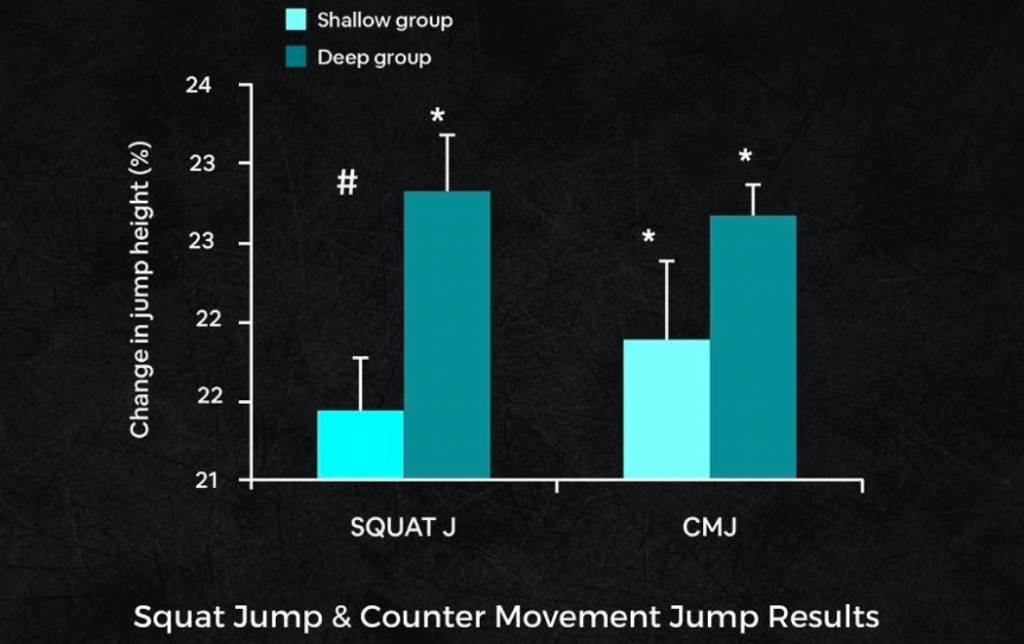
Squat Jump & Counter Movement Jump Results
Deep squat training:
- Increased counter movement-jump. CMJ height increased by 7 % in the shallow squat group and 13 % in the DS group.
- Increase in squat-jump performance (15 %) vs shallow squat training
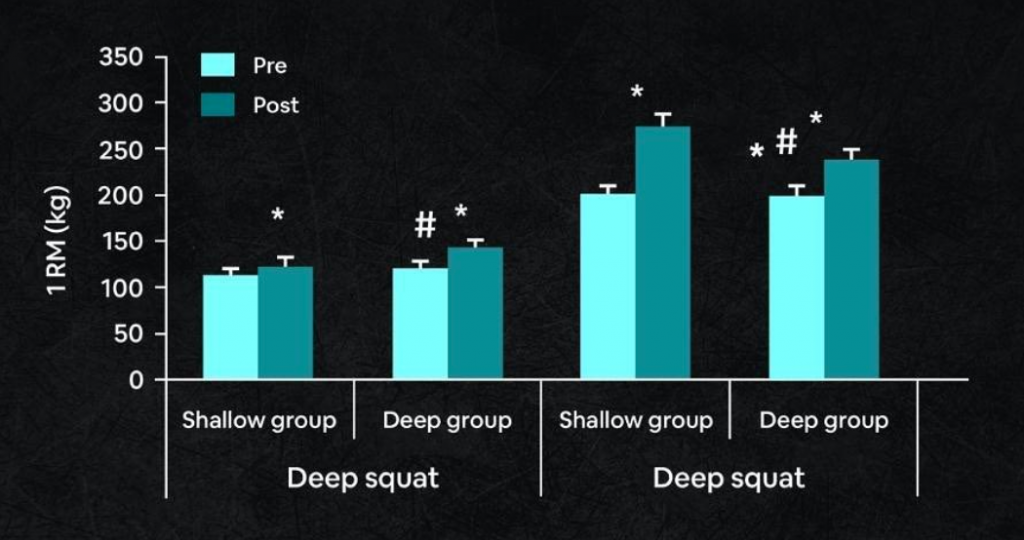
Both training groups increased 1 RM when tested in both squat ranges
- Deep squat group – an increase of 20% was observed in both squat ranges
- Shallow squat group – achieved a 36% increase in the shallow squat and 9% in the deep squat
- Deep squats lead to positive changes in the size and performance of the muscles that straighten the knee compared to shallow squats.
- The study has a suitable method of using MRI scans at multiple heights to measure muscle mass, but it is limited in that it only looked at one exercise if they want to analyze the range of motion.
CONCLUSION
Training with a greater range of motion in the back squat can result in greater muscle mass gains when compared to a smaller range of motion with a heavier weight, despite that it requires the use of lighter weights.
Some evidence indicates that the response to variations in ROM may be muscle-specific. More research is needed for this.
P.S You can buy any 3 items from our new range for £50 (saving you £25), We ship globally too.
Use code “3for50” to apply the discount.
